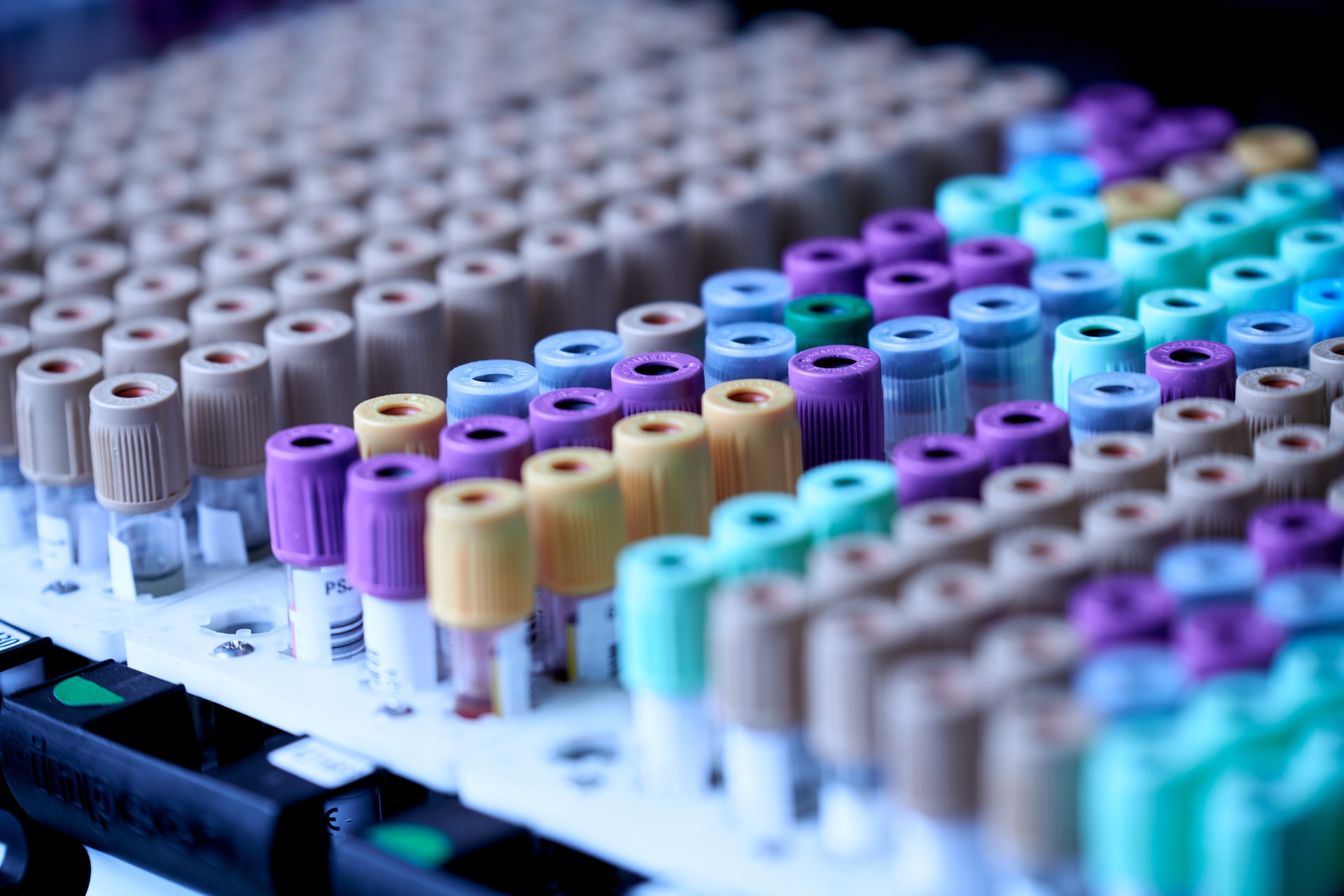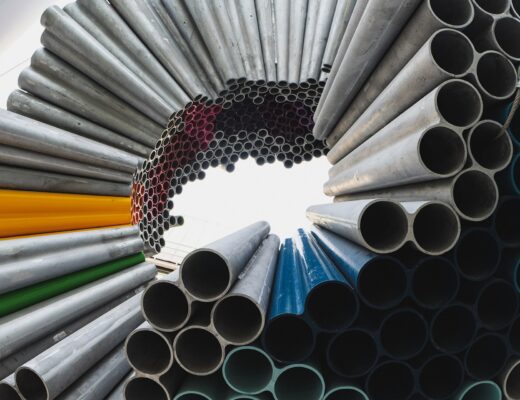Next-generation PCR testing: an overview of the approach
Since the outbreak of the COVID-19 pandemic, the global sector of new vaccine development has begun to change rapidly. The world was working on one big challenge: creating a solution that would reduce the risk of disease. Scientists had limited time, but they pulled it off – and effective samples were made available in record time. Simultaneously with the search for the ideal vaccine, specialists are improving PCR testing to make it as reliable as possible.
Scientists from the Shanghai company 3D Medicines presented their new development – a test kit. It is designed to detect 2019-nCoV nucleic acid and works based on the fluorescent PCR method. Thanks to this solution the detection time of the virus in the body has been significantly reduced. If the standard results processing time is 80 to 120 minutes, the new testing allows for the detection of the disease in less than 30 minutes. In addition, the new approach, due to the high sensitivity of the reagents, makes it possible to detect the presence of the virus when its concentration in the body is minimal. The test has passed all necessary tests and has been approved by the regulatory authorities. It detects the SARS-CoV-2 antigen by taking a nasopharyngeal swab from the patient. It takes an average of 20 minutes to get a result, and the test can be done at home without a doctor’s supervision. The development has been studied on millions of patients both in China and in other countries.
The test has passed all necessary tests and has been approved by the regulatory authorities. It detects the SARS-CoV-2 antigen by taking a nasopharyngeal swab from the patient. It takes an average of 20 minutes to get a result, and the test can be done at home without a doctor’s supervision. The development has been studied on millions of patients both in China and in other countries.
Another important discovery in the fight against the pandemic is the creation of a platform for detecting nucleic acids. The development is called Qinggeng-1, it is an automated platform from the company Liferiver. The system comes complete with special test tubes and test kits. It has six small volume modules where PCR analysis based on the fluorescent method is performed.
The Qinggeng-1 provides results for 48 samples simultaneously in a single run. Thanks to the record high throughput, nucleic acid testing can be performed in the shortest possible time. The platform is capable of processing about 4,500 samples per day. When testing mixed samples the ratio of 20:1 is observed, and the system checks about 90,000 samples in 24 hours.
Shanghai’s scientists are not only working to improve virus testing but also to improve preventive measures to prevent cases. An example of this is the drones that are used to disinfect the space. Thanks to the drones, more than 3,000 square meters were treated in a short time of just 50 minutes. The procedure was carried out taking into account all sanitary requirements – the means were sprayed in the air, which is considered the most effective option for disinfecting open spaces.










